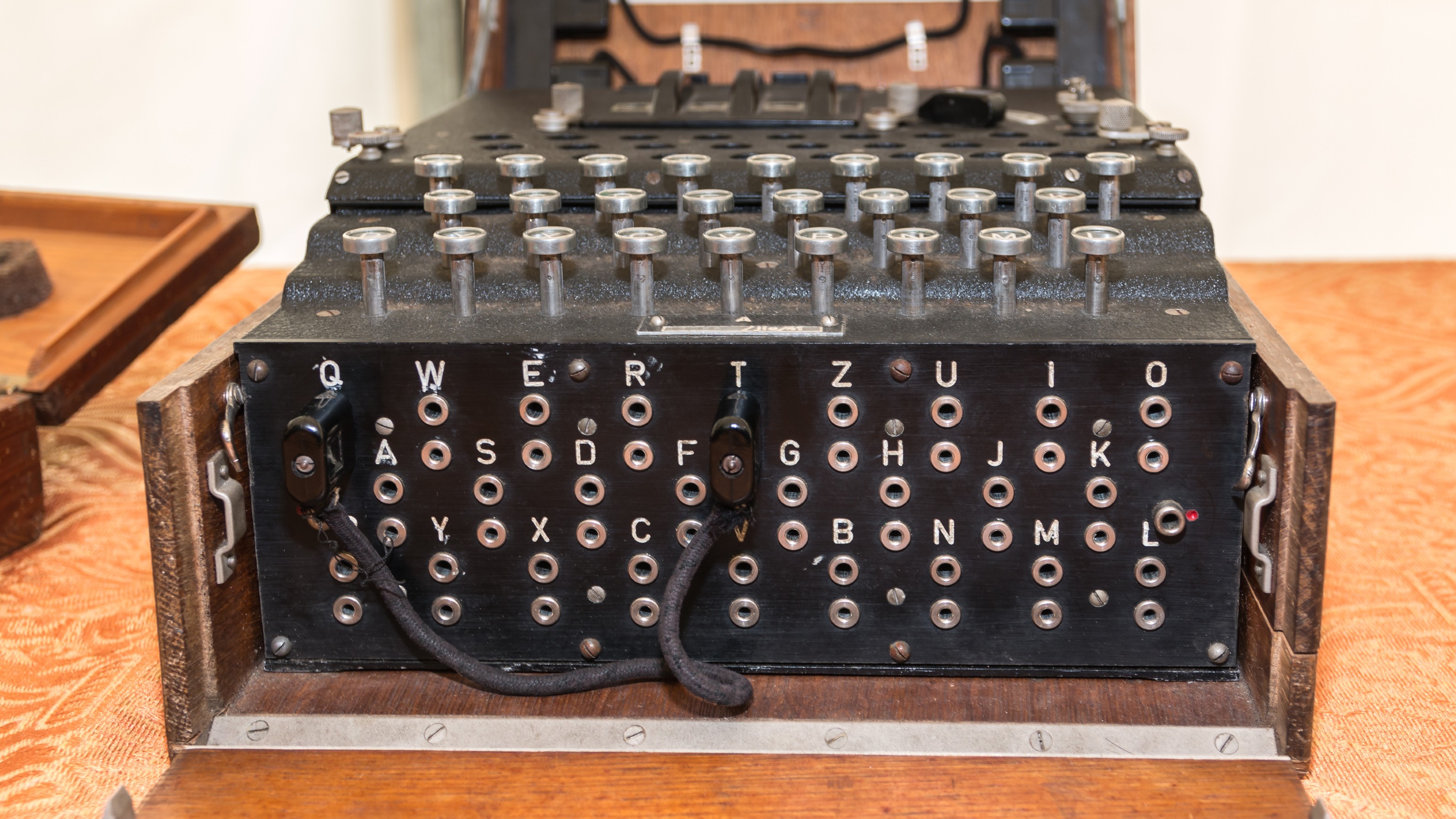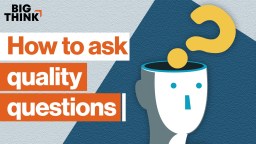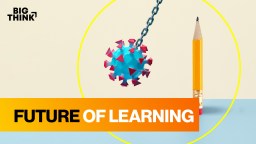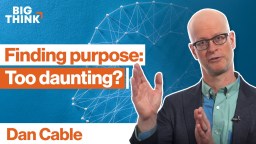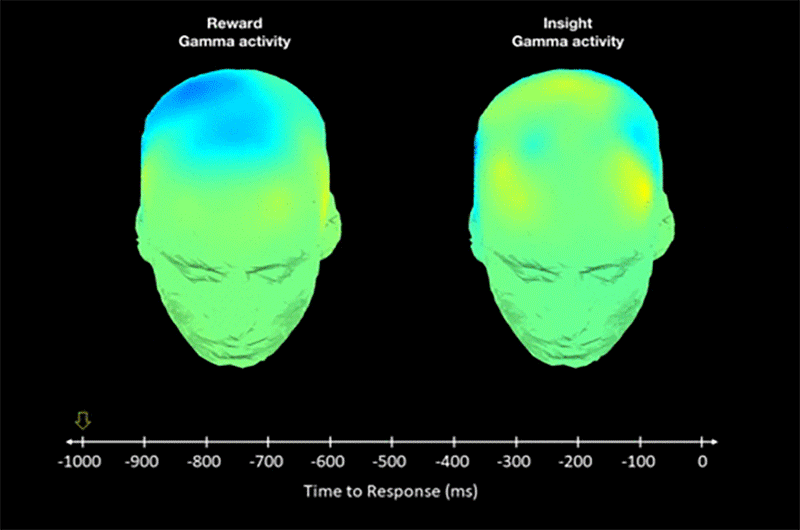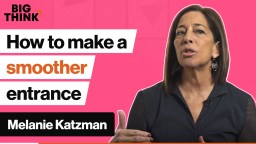curiosity
From 260-year-old ciphers to the most recent Zodiac Killer solution, these unbreakable codes just needed time.
Your brain is bursting with ideas, and most of them are … weird. You only have to recall the wonderfully bonkers notions of your childhood. Like the time you wanted […]
Among history’s many thought leaders, Plato may sport the most impressive resume of the bunch. The Athenian philosopher founded the Academy. His Dialogues are required reading at every institution of […]
Did you know that American politics has become polarized? Shocking news, we know, but in case your news feed wasn’t evidence enough, Pew Research Center has been tracking the phenomenon […]
In-depth research suggests BDSM practitioners can experience altered states of consciousness that can be therapeutic.
A 2020 study published in the journal of Psychological Science explores the idea that fake news can actually help you remember real facts better.
What exactly does “questions are the new answers” mean?
▸
10 min
—
with
A new study shows that naming conventions will change how infants represent objects in their memories.
Several experts have weighed in on our sometimes morbid curiosity and fascination with true crime.
Can thinking about the past really help us create a better present and future?
How students apply what they’ve learned is more important than a letter or number grade.
▸
4 min
—
with
Don’t worry about grammar rules at first. They’ll only trip you up.
▸
3 min
—
with
It takes a special person with a special set of skills to reach students on an emotional level.
▸
4 min
—
with
With the coronavirus pandemic upending summer plans, now’s the perfect time to learn something new.
A new study may help us better understand how children build social cognition through caregiver interaction.
According to a man that knows more than 20 languages, the key is to start in the middle.
▸
4 min
—
with
The institutional barriers that have often held creative teaching back are being knocked down by the coronavirus era.
▸
4 min
—
with
A fun and completely safe experiment for the family to try during quarantine.
▸
5 min
—
with
Now is the perfect time to take up a new language. Self-motivation and commitment are key to mastering this fun and useful new skill.
▸
10 min
—
with
Most people don’t know what they’re passionate about.
▸
7 min
—
with
It’s normal if you’re not productive in your creativity all the time. Even the greats took breaks.
▸
4 min
—
with
Removing the pressure of finding your “dying passion” makes it easier to connect with the “why” of your work.
▸
3 min
—
with
All that matters is the here and now.
▸
4 min
—
with
Olive oil leads to the discovery of a law that applies to atoms, superconductors, and even high energy physics.
Research shows how “aha moments” affect the brain and cause the evolution of creativity.
Playing it safe and always taking the easy road can be obstacles to happiness, says professional adventurer Erling Kagge.
▸
3 min
—
with
In his new book, “The Wedge,” Scott Carney tests the boundaries of human resilience.
Practicing Socratic ignorance, or avoiding certainty of our own knowledge, diminishes inequality and pushes us in our search for wisdom.
▸
6 min
—
with
You can’t really have an opinion if you don’t know all sides of the argument.
▸
5 min
—
with
Sometimes, the more understated you are, the more positively you’ll be received.
▸
3 min
—
with
